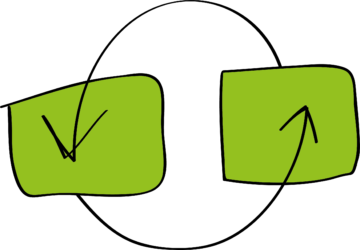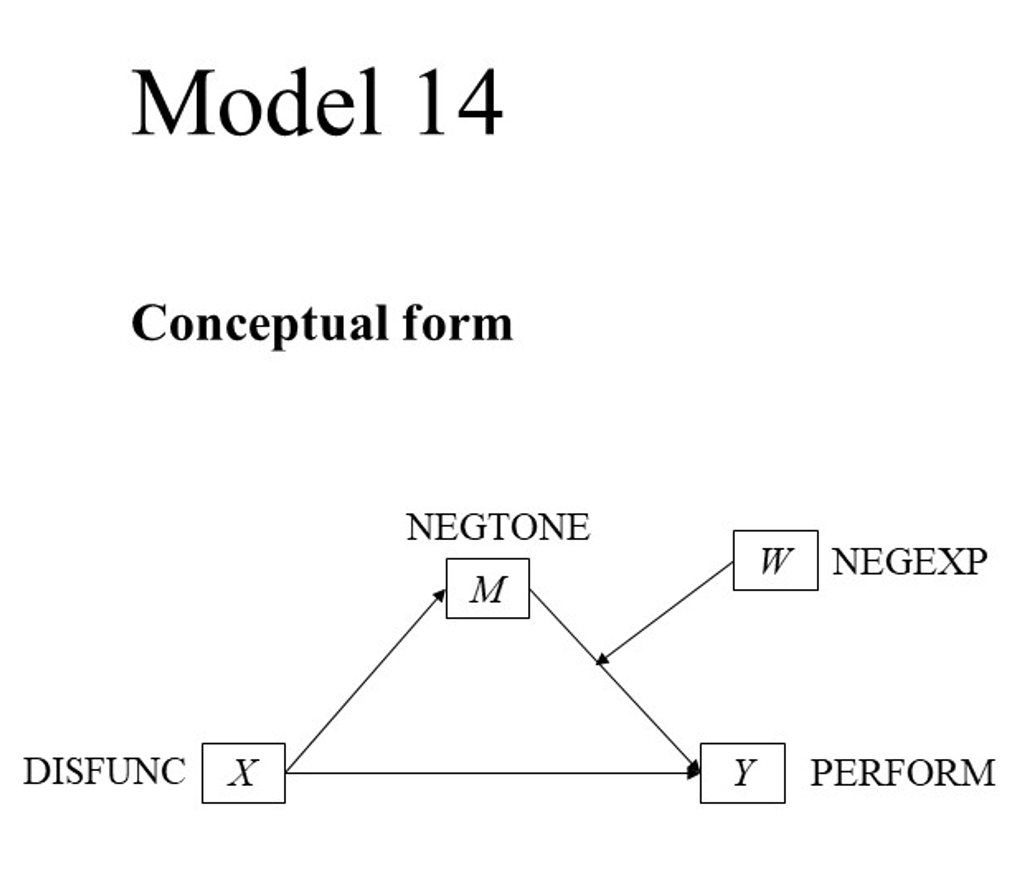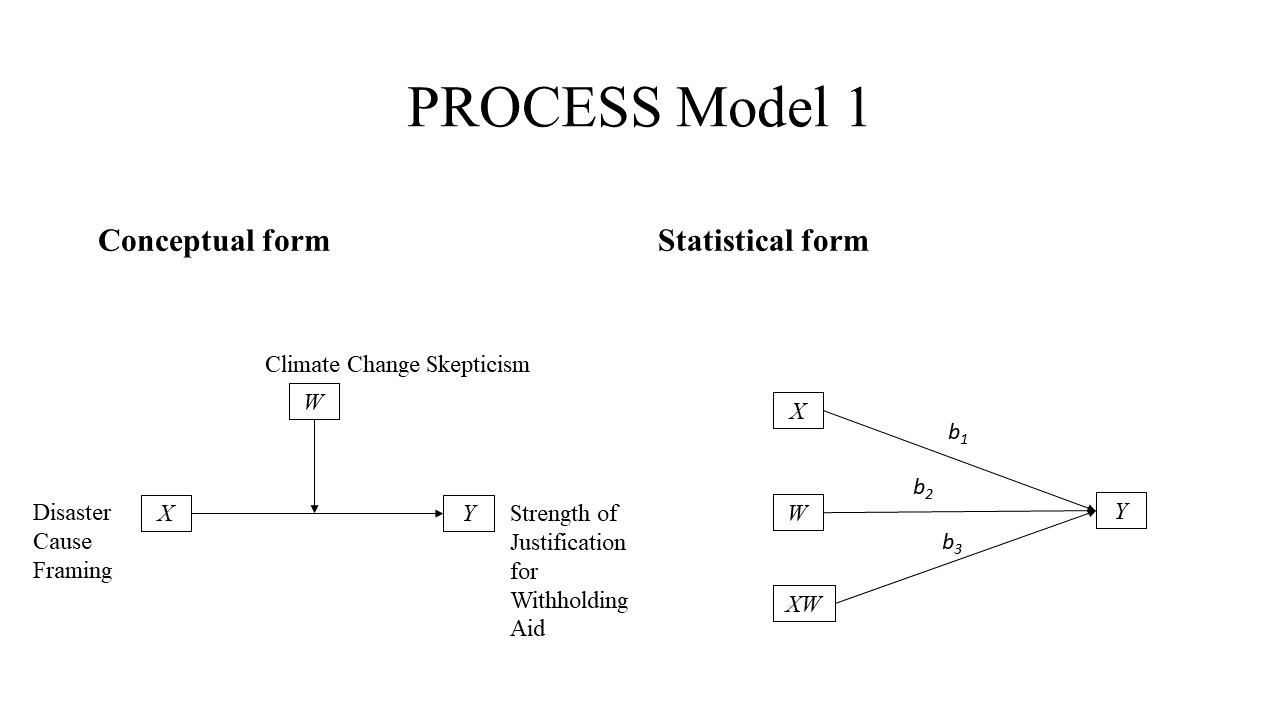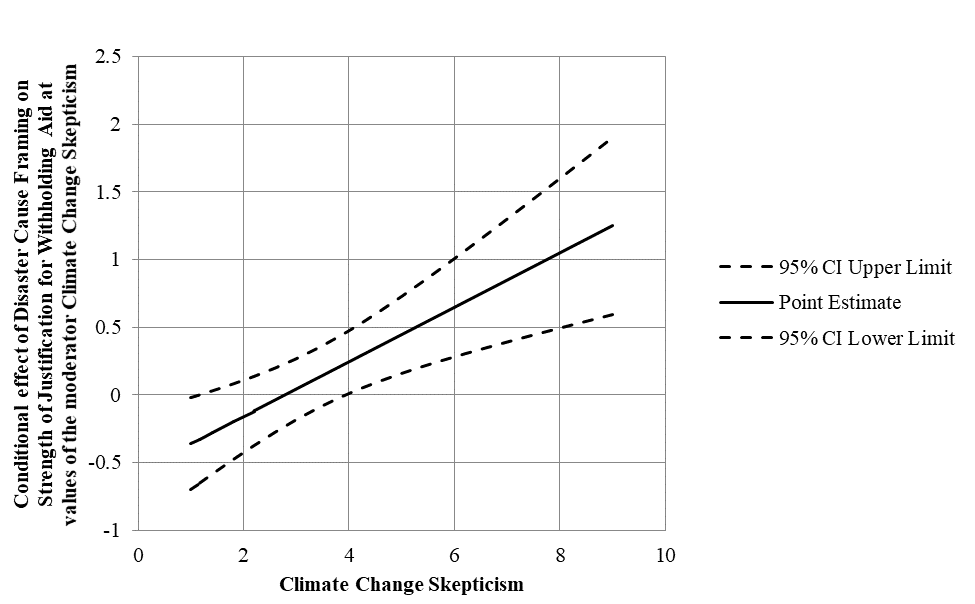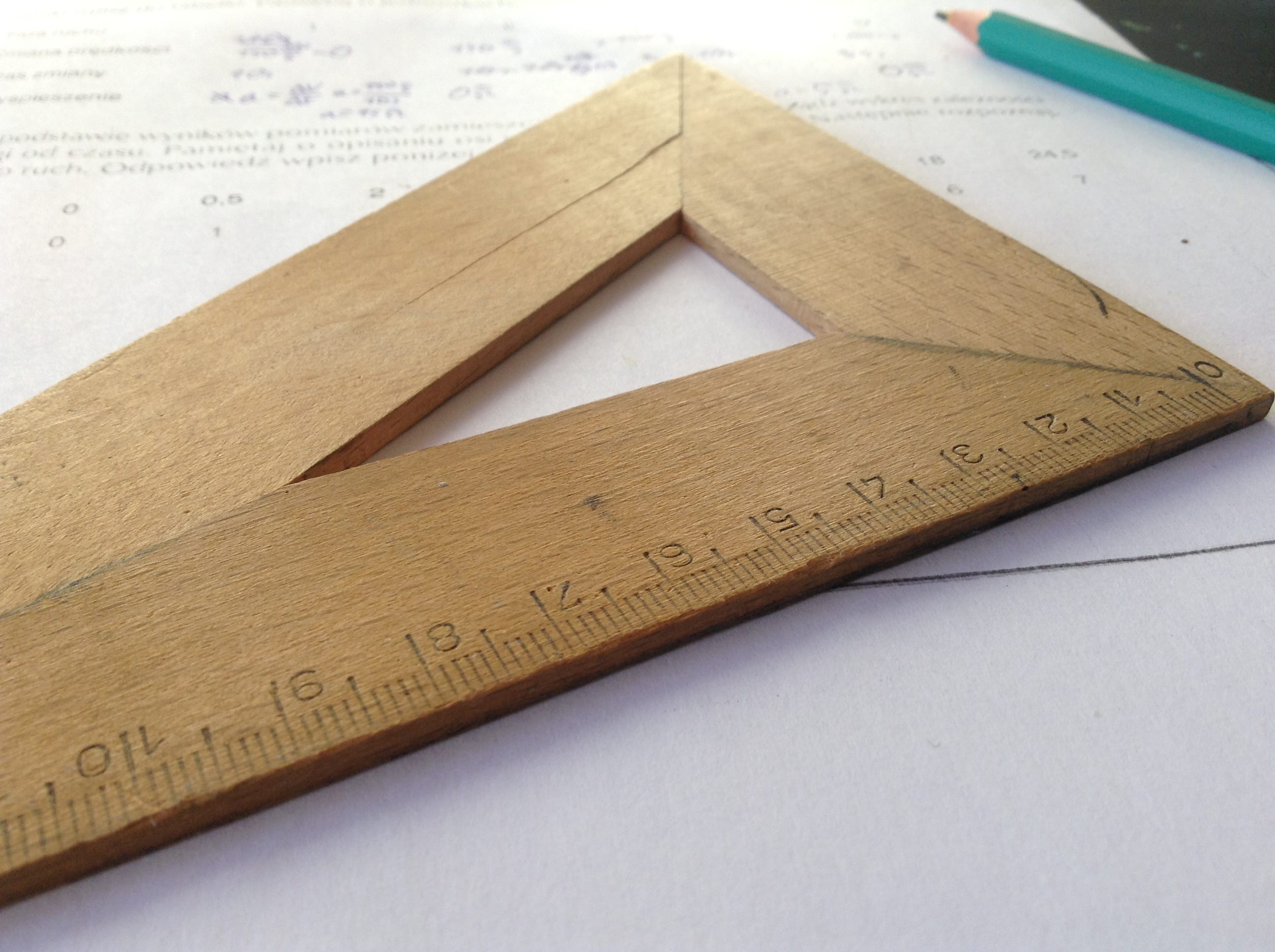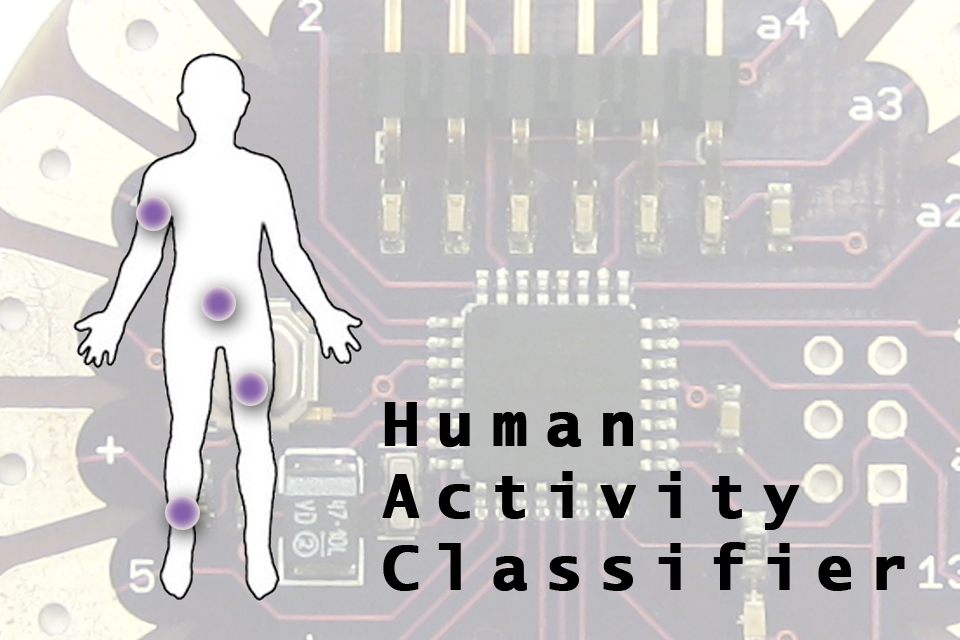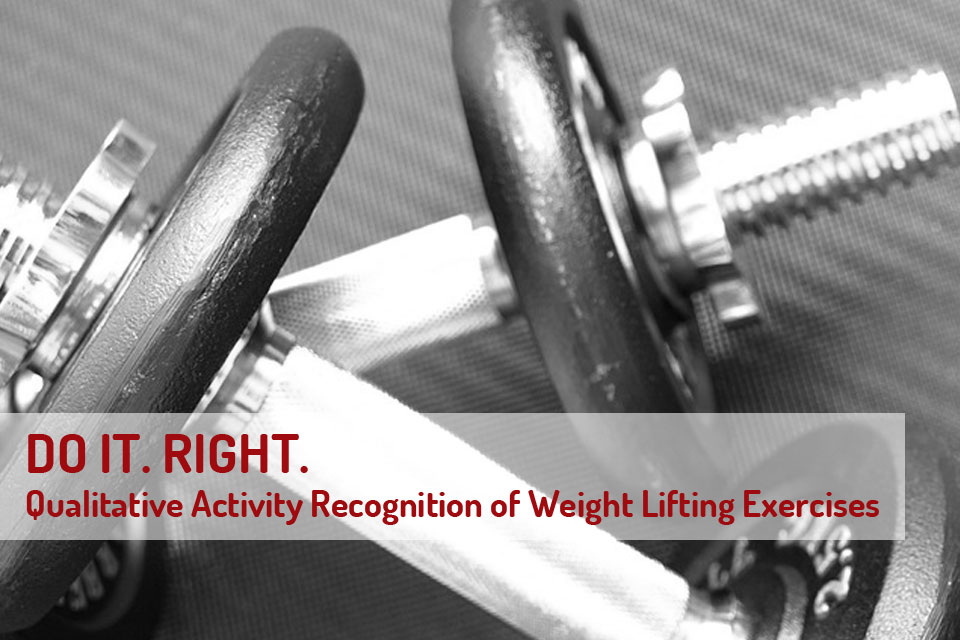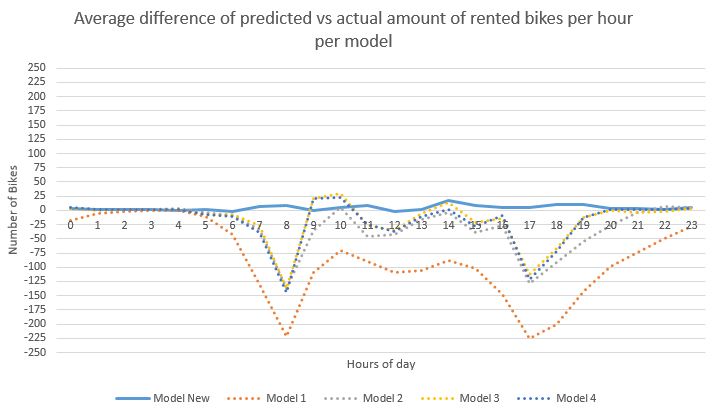This tutorial is about graphing a moderated mediation model with PROCESS for R, with Hayes’s PROCESS source code, and my MD2C graphing template.
Continue reading “Graphing a moderated mediation model with PROCESS for R (Model 14)”Graphing a simple moderation model with PROCESS for R (Model 1)
This tutorial is about graphing a simple moderation model with PROCESS for R, developed by Andrew Hayes, and my MD2C graphing template. There is a Github Repository for it as well, containing the R code.
Continue reading “Graphing a simple moderation model with PROCESS for R (Model 1)”Human Resources Analytics – Predict Employee Leave
Imagine you are an HR-Manager, and you would like to know which employees are likely to stay, and which might leave your company. Besides you would like to understand which factors contribute to leaving your company. You have gathered data in the past (well, in this case Kaggle simulated a dataset for you, but just imagine), and now you can start with this Hands On Lab – Predict Employee Leave to build your prediction model to see if that can help you.
In this lab, you will learn how to create a machine learning module that predicts whether an employee will stay or leave your company. We are aware of the limitations of the dataset but the objective of this hands on lab is to inspire you to explore the possibilities of using machine learning for your own research, and not to build the next HR-solution.
We created a starting experiment for you on the Azure AI Gallery to give you a smooth start. Continue reading “Human Resources Analytics – Predict Employee Leave”
Graphing moderation of PROCESS v3.0 Model 1
This blog is about graphing moderation with the help of SPSS with the PROCESS macro, and our corresponding MD2C Graphing template for PROCESS v3.0 Model 1 – Moderation.
The case that we used is based on the article of Chapman and Lickel (2016), and you can find a detailed elaboration of this case in Andrew Hayes’ second book about Introduction to Mediation, Moderation, and Conditional Process Analysis (Hayes, 2017). You can download the data from Hayes’ website. The datafile you need for this example is called DISASTER. Besides, you can also download the PROCESS V3.0 macro for SPSS and SAS (and much more) from the site: http://www.processmacro.org/
Continue reading “Graphing moderation of PROCESS v3.0 Model 1”Optimizing prediction models on Azure – pruning the trees
This is a simple example about optimizing prediction models on Azure. In this case we will use a Boosted Decision Tree model. We will show you how you can use the Permutation Feature Performance module to prune your trees.
We start with the Student Performance Classifier from a previous blog. We already found out that the Boosted Decision Tree algorithm gave the best results, so we will start with that one to train our model with. Continue reading “Optimizing prediction models on Azure – pruning the trees”
Azure Machine Learning: Predicting Annual Income
Will somebody earn over 50k a year?
This blog is about building a model to classify people using demographics to predict whether a person will have an annual income over 50K dollars or not.
The dataset used in this experiment is the US Adult Census Income Binary Classification dataset, which is a subset of the 1994 Census database, using working adults over the age of 16 with an adjusted income index of > 100.
This blog is inspired on the Sample 5: Binary Classification with Web Service: Adult Database from the Cortana Intelligence Gallery. Continue reading “Azure Machine Learning: Predicting Annual Income”
How to build a Human Activity Classifier with Azure Machine Learning
This blog explains how to build a Human Activity Classifier with Azure Machine Learning. This classifier predicts somebody’s activity class based on the use of wearable sensors. The complete experiment can be downloaded from the Azure Machine Learning Gallery. Continue reading “How to build a Human Activity Classifier with Azure Machine Learning”
Azure Machine Learning – Qualitative Activity Recognition of Weight Lifting Exercises
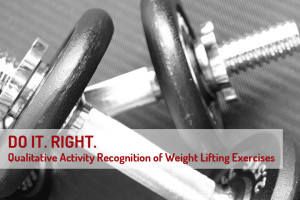 This blog is about building a classifier on the Azure Machine Learning platform for qualitative activity recognition of weight lifting exercises. This classifier predicts if an exercise has been done correctly (class A). Continue reading “Azure Machine Learning – Qualitative Activity Recognition of Weight Lifting Exercises”
This blog is about building a classifier on the Azure Machine Learning platform for qualitative activity recognition of weight lifting exercises. This classifier predicts if an exercise has been done correctly (class A). Continue reading “Azure Machine Learning – Qualitative Activity Recognition of Weight Lifting Exercises”
How to build a Student Performance Classifier with Azure Machine Learning
This blog explains how to build a Student Performance Classifier with Azure Machine Learning. This classifier predicts if a student will pass or fail Mathematics. The complete experiment can be downloaded from the Azure Machine Learning Gallery. Continue reading “How to build a Student Performance Classifier with Azure Machine Learning”
Azure Machine Learning: how to easily improve your model
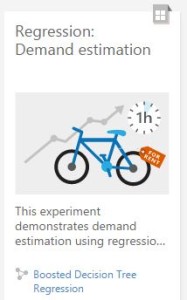 Improving your Azure Machine Learning model
Improving your Azure Machine Learning model
In this example we start with a sample experiment from the Microsoft Azure Machine Learning Gallery: Regression: Demand estimation. In this example there are four models built, and compared, based the newly created features. We will explore whether standard operations could improve these samples models, inspired by the e-book Data Science in the Cloud with Azure Machine Learning and R of Stephen Elston. We haven’t used the suggested new features that depend on prior info which wasn’t always complete, but created some other variables, that could be created based on the available dataset. Observing the sample, there are basically two areas where we see quick possibilities for improvement: data cleaning and transformation and evaluation of the results. Continue reading “Azure Machine Learning: how to easily improve your model”

